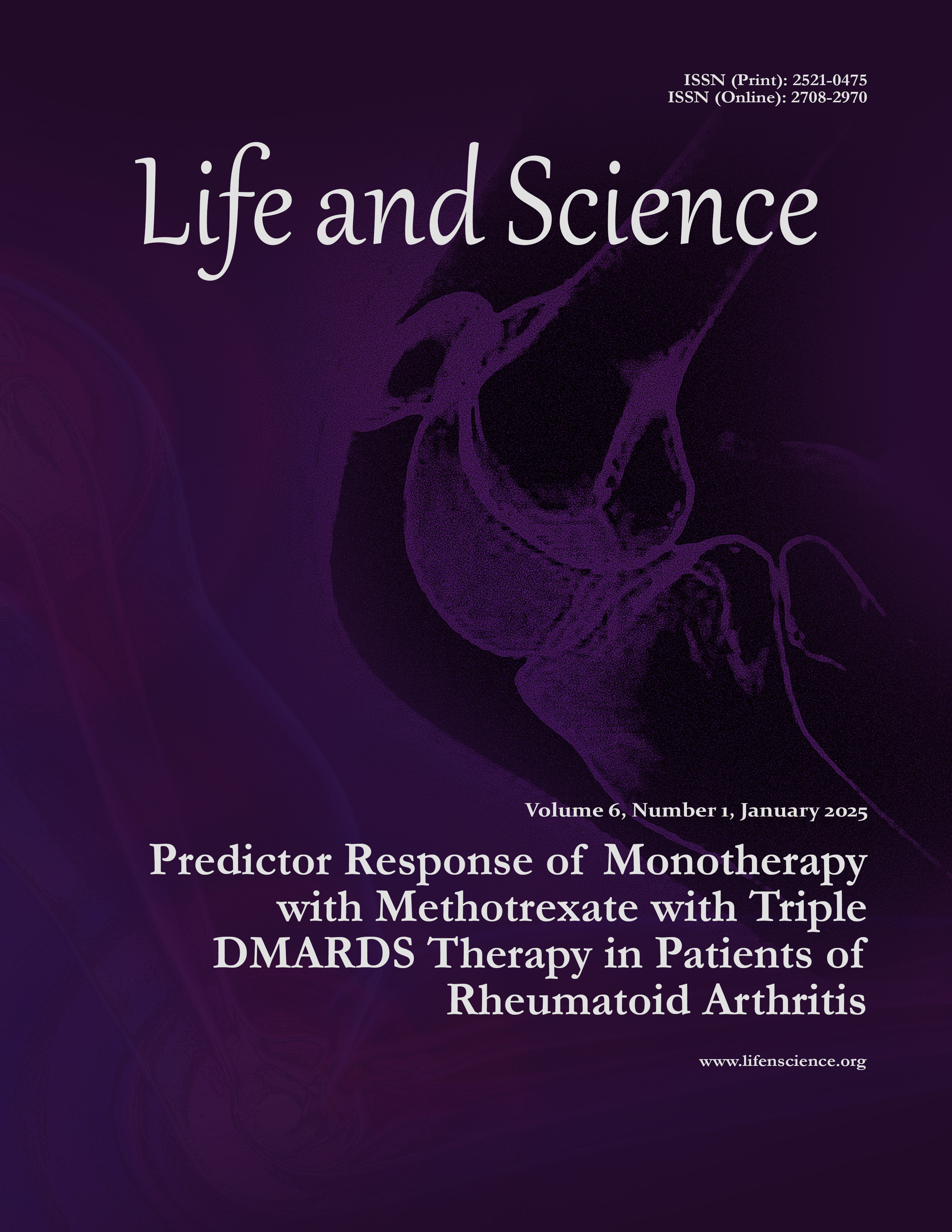Mechanism of Narcotic Addictions and Its Treatment by Medicinal Plants: A Detailed Review
Abstract
Drugs such as heroin, methamphetamine, cocaine, cannabis, alcohol, and opioids are examples of substances that have the potential to cause substance abuse and addiction. This is since each of these chemicals has a distinct mechanism of action to increase levels of dopamine and produce euphoria. To battle the effects of these narcotics, the primary focus of this review is on medicinal herbs that offer anti-narcotic qualities. The utilization of medicinal plants as a method for the treatment of substance abuse disorders has been a component of traditional medicine for some centuries. These natural antinarcotic compounds have the potential to be employed in an effective and risk-free manner to treat addiction. A class of substances known as phytochemicals has the potential to be utilized in the treatment of addiction. The development of appropriate treatment solutions that are effective over the long term is getting more challenging as a result of the fact that there is still a lack of study on the neurobiology of addiction.
How to cite this: Aftab M, Ullah F, Javed F, Shah NA, Hamid ZA. Mechanism of Narcotic Addictions and Its Treatment by Medicinal Plants: A Detailed Review. Life and Science. 2025; 6(1): 122-132. doi: http://doi.org/10.37185/LnS.1.1.448
Copyright (c) 2025 Maryam Aftab, Faheem Ullah, Fatima Javed, Naseer Ali Shah, Zuratul Ain Abdul Hamid

This work is licensed under a Creative Commons Attribution-NonCommercial 4.0 International License.














